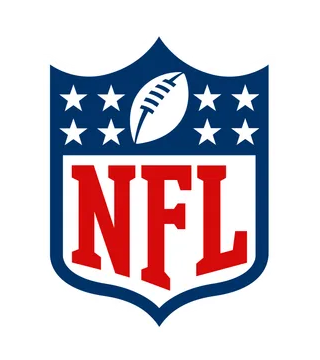The most efficient rushing team in the league, the Baltimore Ravens, still only averages -0.03 EPA per rush play. Averaging across the whole league, the average rushing play is -0.09 EPA and the average dropback play is 0.06 EPA.
Taken at face value, teams should abandon the run and just pass. This of course would be too simplistic as one could argue that the threat of a run helps unlocking the passing game and improves the EPA.
However, another way to look at this is perhaps EPA is just a flawed metric and is either too simplistic or is missing a key nuance in its modelling. Perhaps there’s a flat EPA adjustment we need to apply to all plays that would make rushing EPAs positive? Perhaps too much weight is given to the explosive pass? Perhaps we need to adjust the era data from when teams rarely played two high safeties to counter today’s passing league?
Nevertheless, I wonder if more and more OCs in the league are using EPA and other advanced analytics and coming to the conclusion you might when looking at this data that passing is far superior to running and ending up with too many teams trying to pass it on too many downs, abandoning the run and putting too much pressure on their average QB?


There are a few flaws with EPA. It assumes the goal of every play is to score points, which isn’t necessarily the case. It also is based on results of past plays, and so garbage time passing plays against soft defenses increases the apparent effectiveness of passing plays. (Passing is still way more efficient, even without that effect)
That doesn’t mean EPA needs to change, you just need to know the flaws and how to interpret.